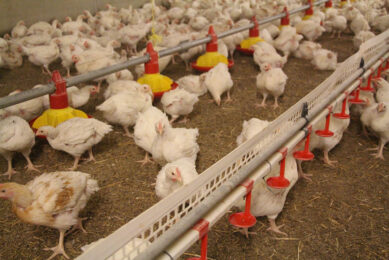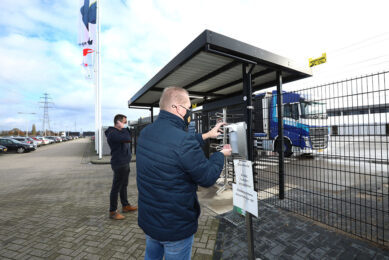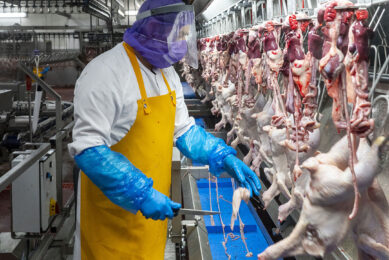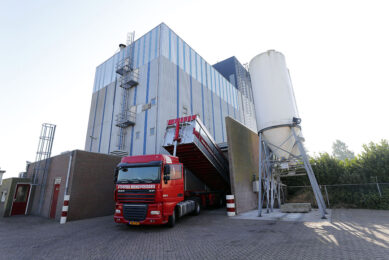’10 golden rules for winners in poultry industry’
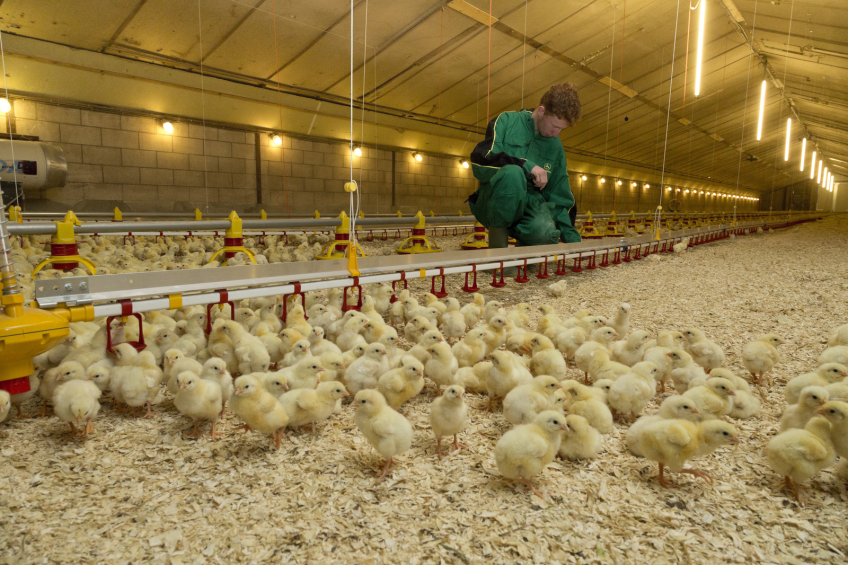
The ongoing turbulent outlook for the EU poultry industry will further challenge the position of individual poultry companies, says Dutch Rabobank. The bank believes that, under these circumstances, the differences between winners and losers will only grow, and in order to be a winner, one must stick to Rabobanks ’10 golden rules.’
A rethinking of individual companies’ strategies is now more essential than it has ever been before, according to Rabobank’s ‘Poultry in Motion’ report.
Ongoing social concerns about animal welfare and sustainability
The poultry industry and its market landscapes are changing faster than ever. The emerging challenge for companies active in the western European poultry industry will be to adjust their strategy and business models. The basic position remains strong: market growth in the industry is still outperforming that of other proteins. “But the industry needs to acclimatise to a new market reality, with ongoing social concerns about animal welfare and sustainability, an ongoing weak economic environment, volatile input prices and a stronger and more savvy and price-driven customer base,” according to Rabobank Senior Analyst Nan-Dirk Mulder. “This new reality requires a strategic repositioning of individual companies, and it will also require significant investments.”
Rabobank believes that its ’10 Golden Rules for Winners’ model could help individual companies to position themselves in this changing industry landscape and to remain competitive in the future. This model could help individual companies to come up with a road map which they can further develop in the next five to ten years.
Rabobank’s 10 golden rules for winners in the EU poultry industry
- The customer is king. Invest in market intelligence and product development.
- Be the category captain. Invest in #1 positions as the preferred supplier of winning supermarkets, QSRs and food companies.
- Consolidate your market, think outside country lines with a fresh 1,000 km sales radius as base.
- Scale up or find a niche. The middle segment will disappear and companies will need to choose.
- Optimal efficiency of the whole value chain is more important than ever.
- Improve your value chain model to fit the new market reality.
- Participate in social debate and be prepared for NGO pressure.
- Optimise the value of individual cuts and offal streams to increase revenues and profitability.
- Exploit your industry and client knowledge, and follow your customers. Expand in new markets.
- Reconsider your capital structure. Family ownership has been the dominant model, but does it fit with future challenges?




